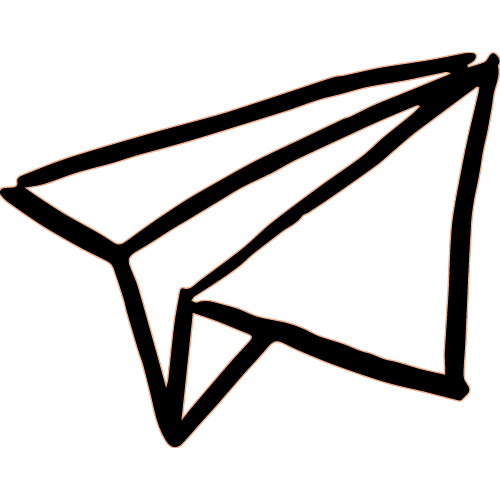Sustainable and Renewable Energy
Lesson
Goal: Understand how mechanical engineering can assist in creating sustainable and renewable energy resources.
PA Standards Addressed:
Standard - 3.4.10.A1: Illustrate how the development of technologies is often driven by profit and an economic market.
Standard - 3.4.10.A2: Interpret how systems thinking applies logic and creativity with appropriate complicated real-life problems.
Standard - 3.4.10.B4: Recognize that technological development has been evolutionary, the result of a series of refinements to a basic invention.
Standard - 3.4.10.C2: Analyze a prototype and/or create a working model to test a design concept by making actual observations and necessary adjustments.
Standard - 3.4.10.C3: Illustrate the concept that not all problems are technological and not every problem can be solved using technology.
Standard - 3.4.10.D1. Refine a design by using prototypes and modeling to ensure quality, efficiency, and productivity of a final product.
Standard - 3.4.10.E3. Compare and contrast the major forms of energy: thermal, radiant, electrical, mechanical, chemical, nuclear and others.
Standard - 4.5.10.A. Explain how public policy encourages or discourages the sustainable use of natural resources.
Next Generation Science Standards Addressed:
HS-PS3-3 Energy: Design, build, and refine a device that works within given constraints to convert one form of energy into another form of energy.*
HS-LS2-7 Ecosystems: Interactions, Energy, and Dynamics: Design, evaluate, and refine a solution for reducing the impacts of human activities on the environment and biodiversity.*
HS-ESS3-2 Earth and Human Activity: Evaluate competing design solutions for developing, managing, and utilizing energy and mineral resources based on cost-benefit ratios.*
HS-ESS3-4 Earth and Human Activity: Evaluate or refine a technological solution that reduces impacts of human activities on natural systems.*
HS-ETS1-3 Engineering Design: Evaluate a solution to a complex real-world problem based on prioritized criteria and trade-offs that account for a range of constraints, including cost, safety, reliability, and aesthetics as well as possible social, cultural, and environmental impacts.
Materials:
Hot Glue Gun
Soldering Iron
Solder Tab
3.7v Li-ion Battery
TP4056 Charging Module
3.7v to 5v boost converter
SPDT Switch
Lesson Plan
Lesson plans were created using the Direct-Active Learning model.
Example Presentation
Presentations were created in PowerPoint and may have altered text and picture locations in previews.
Additional Resources
Additional Readings and Information
A report presented by NAACP that highlights examples of renewable and sustainable energy as well as benefits that can arise from using these resources.
A information handbook for students that highlight information about renewable and sustainable energy with further detail as approved by the state of Pennsylvania educational standards. This guide is presented with the most up to date version and includes connections of individuals who impacted the energy field.
An interesting read that highlights women involvement with the renewable energy field.

This website offers potential and suggested solutions to Pennsylvania residents on generating their own personal energy.
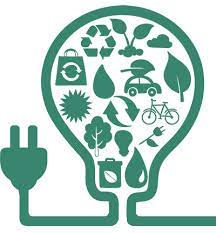
A short, simple read that includes examples of green energy.

Additional interesting facts pertaining to renewable and sustainable energy.

A source provided and approved by Pennsylvania educational standards on energy education.
Energy Information and Inspirations
A summary for seven commonly known types of renewable energy resources: solar, wind, hydroelectric, geothermal, ocean (water), hydrogen, and biomass.
"There are many benefits to using renewable energy resources, but what is it exactly? From solar to wind, find out more about alternative energy, the fastest-growing source of energy in the world—and how we can use it to combat climate change."
A short video that sums up the definition of sustainable energy.
Lecture on Mechanical Engineering and Renewable Energy as presented by Abdur Rahman Fahim.
A short video that sums up the definition of renewable energy.
A video presented by SciShow made to indicate different ways of creating alternative energy resources.
Battery Pack Resources
This source is used for the Battery Pack creation activity in this module.
This is a video with instructions on creating a battery pack. This video is to be video concurrent with the provided pdf instructions on the left.
A schematic with additional information that explains what a battery pack is.
An additional video that highlights another suggested way to create a battery pack.
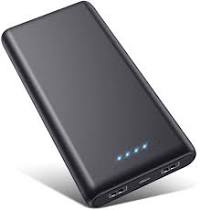
Another suggested method to assist in designing a battery pack
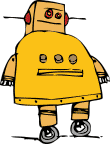
The website used for the battery creation activity.
Personal Case Studies
Here, Rosemary Barnes chronicles her the story of her mechanical engineering education and career path working on renewable energy engineering technologies for fifteen years so. She chose this career because "of my concern about climate change. Being an engineer is great because it does give you the power to work on something that will change the world to be more the way you wish it would be!"
'"A short film by BMS telling the story of a typical day in the life of a wind turbine engineer working on the world's largest offshore wind farm....the London Array."
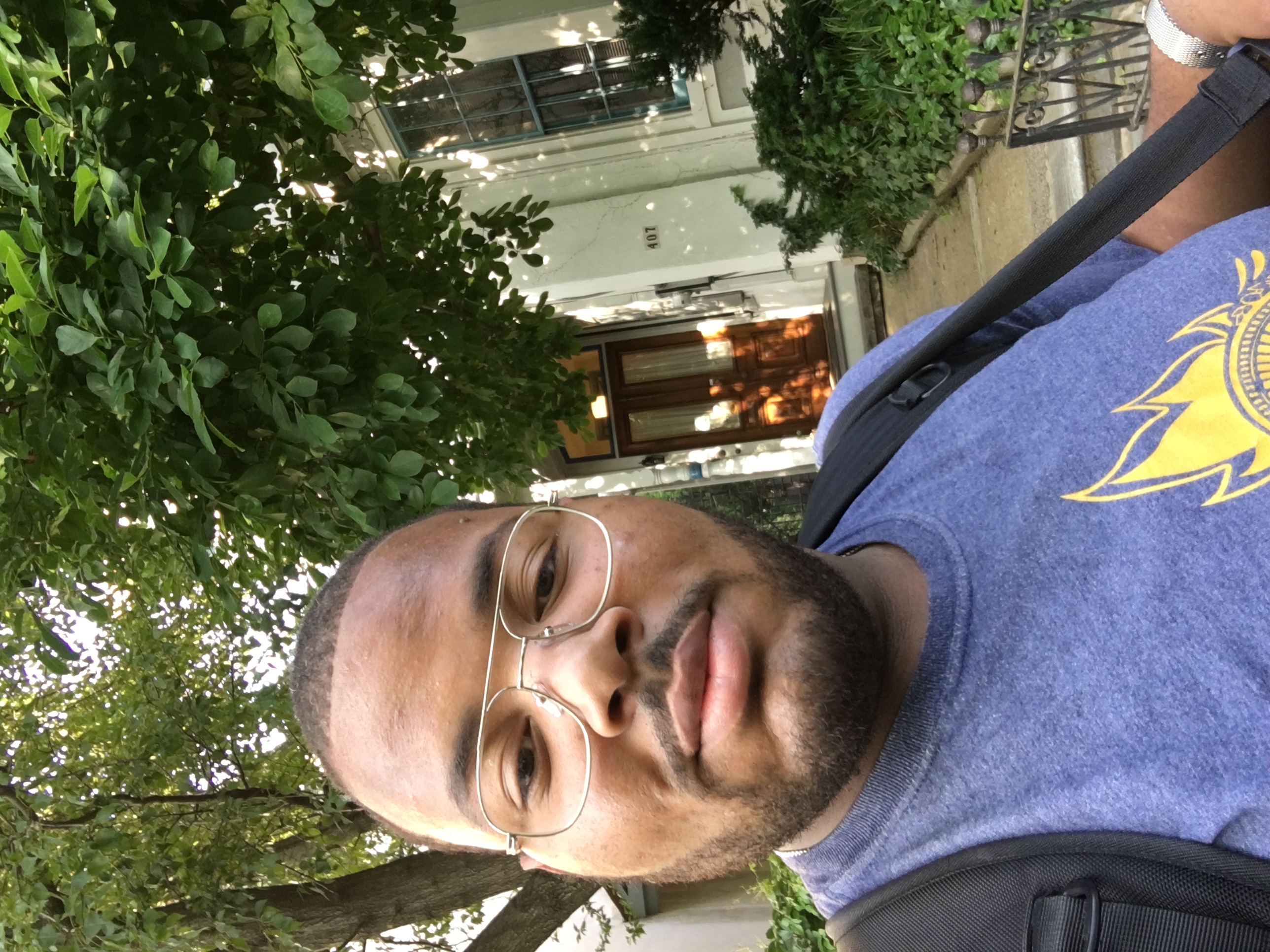
Who Developed this Module?
Rasheem
Hometown: Philadelphia, Pa (West Philadelphia Born and Raised)
Why did you chose mechanical engineering?: I was exposed to engineering when I was 13. I had surgery on my left leg and the doctor who helped designed the surgical outer brace informed me of how engineering was used to create it. I was inspired at that moment to become an engineer so I can hope to one day impact someone else's life in a positive way.
What do you want to after you graduate?: I'll plan to work full time in industry. My interests include design and manufacturing, thermal systems, system engineering, energy, and sustainability. I'll also be starting graduate school in Fall 2021, pursing a Master's in Engineering Management degree. I hope to one day work in management and bring value and optimal work to my future opportunities.
